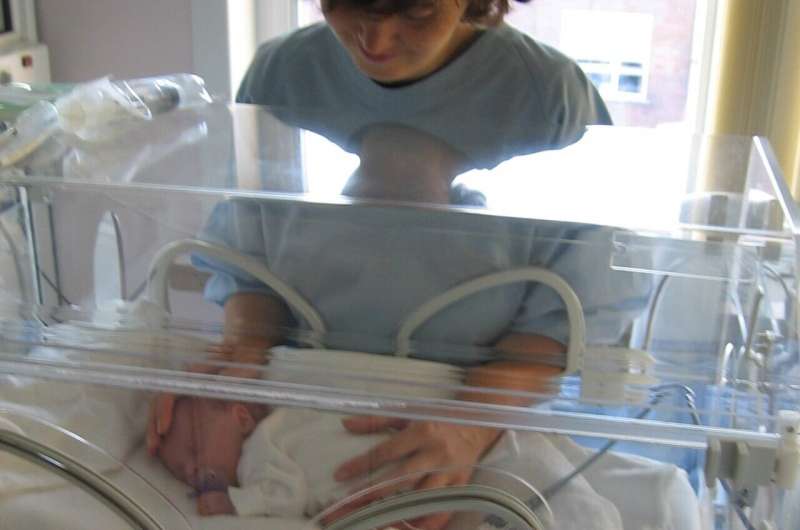Practical approaches for the prevention of central line-associated bloodstream infections in NICU

Central line-associated bloodstream infections (CLABSIs) are among the most frequent invasive infections among infants in the NICU and contribute to substantial morbidity and mortality. Infants who survive CLABSIs have prolonged hospitalization resulting in increased healthcare costs and suffer greater comorbidities including worse neurodevelopmental and growth outcomes.
The Society for Healthcare Epidemiology of America has published a white paper to provide clinicians with practical guidance on the implementation of strategies to prevent CLABSI in NICU patients, going beyond the elements suggested in the companion CDC Healthcare Infection Control Practices Advisory Committee (HICPAC) Guideline for Prevention of Infections in Neonatal Intensive Care Unit Patients, recently published.
The paper was published in Infection Control & Hospital Epidemiology.
More information: Martha Muller et al, SHEA neonatal intensive care unit (NICU) white paper series: Practical approaches for the prevention of central line-associated bloodstream infections, Infection Control & Hospital Epidemiology (2022). DOI: 10.1017/ice.2022.53



















